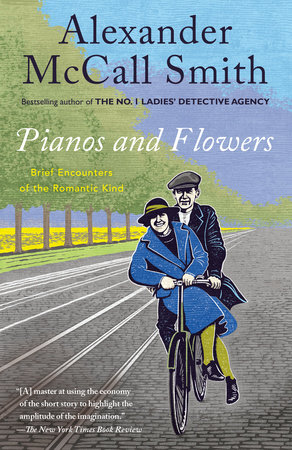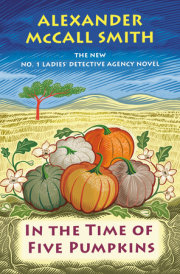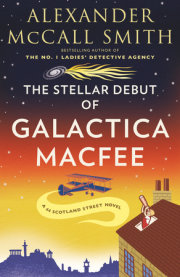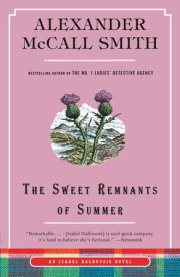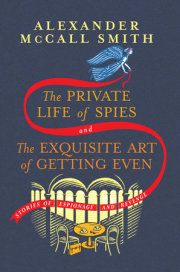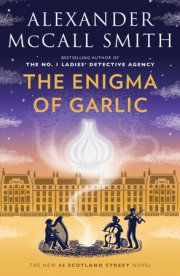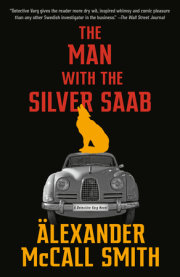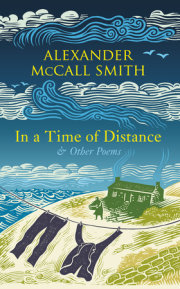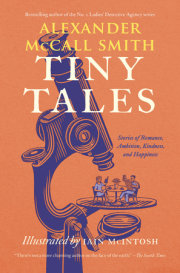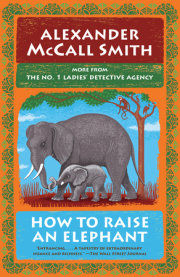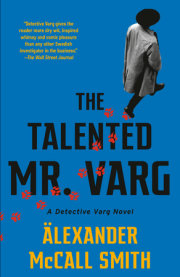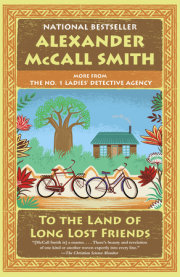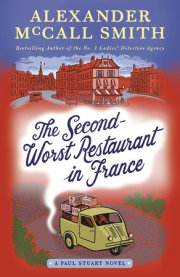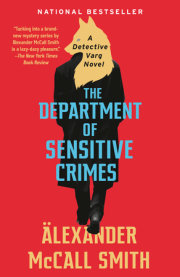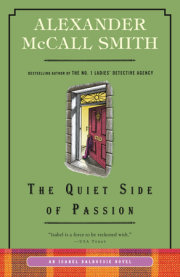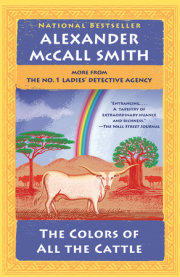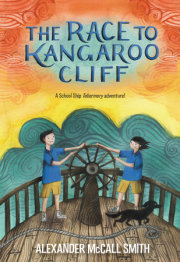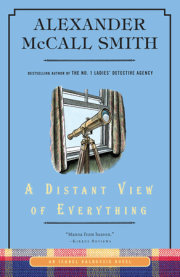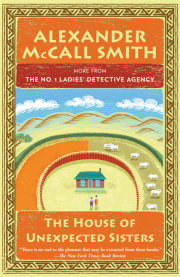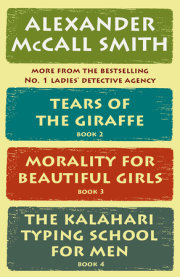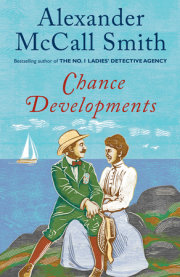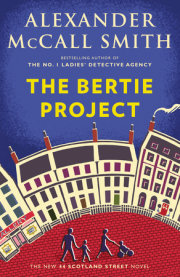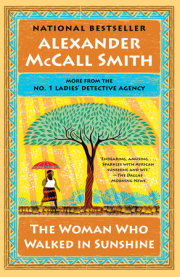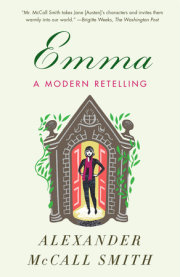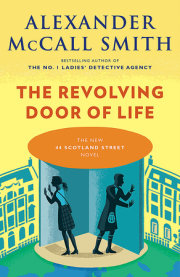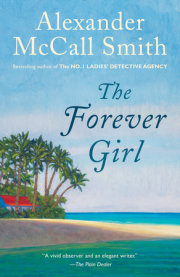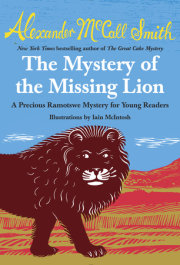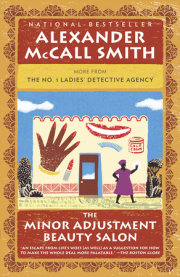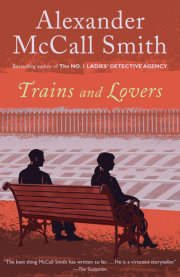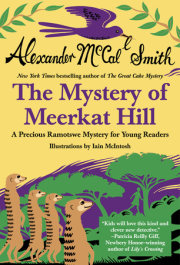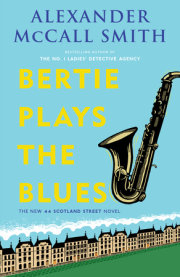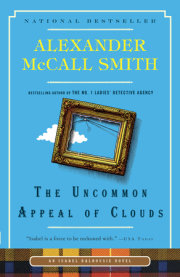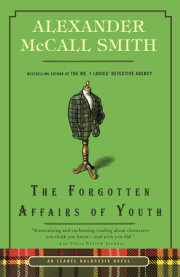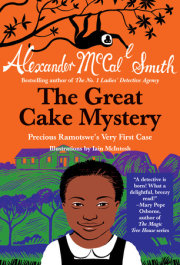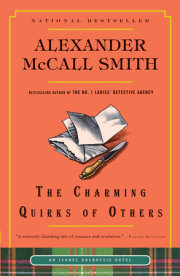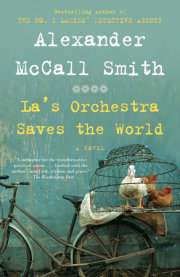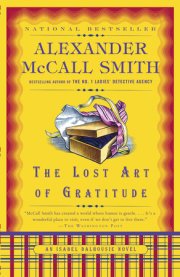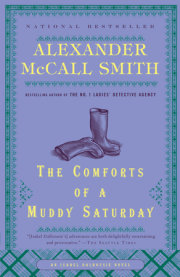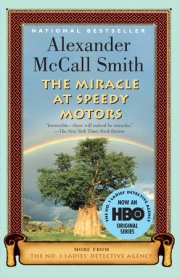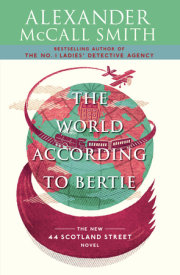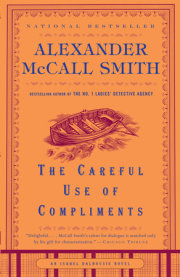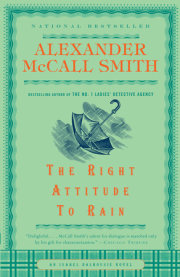Pianos and Flowers Look at the man and woman in the foreground of this photograph. They are walking past the unusual topiary without much more than a glance, seemingly indifferent to whatever it was that the topiarist was striving to portray. The man had muttered “Kandinsky” under his breath, a reference to the apparent similarity of the hedge to the figures seen in the artist’s painting; the woman had simply sighed and said nothing. Then the two of them pass out of the photograph, and into the rest of their lives.
Further back are three sisters, standing shoulder to shoulder, with their brother on their right. The other man, standing on his own, on their left (our right) is nothing to do with them and had avoided making eye contact. He was simply there, quite coincidentally, waiting for his wife, who had gone inside the house to retrieve her sun hat. When she returned a few minutes after this photograph was taken, they made their way into the rose garden, which cannot be seen here, but which lay off to the right, hidden by the high yew hedge behind the small groups of strollers.
We do not know who that couple was, although one of the sisters later remarked, “That man in the garden was Dutch, I think. I may be wrong, but I think he looked Dutch.” Another said, “How can you tell?” To which the reply came, “I don’t know. There are some things that you just feel to be the case. You can’t be sure, but you think it. It’s hard to explain, actually.” And the third said, “Intuition. That’s the word you’re looking for. Intuition.” As it happened, he was not Dutch, but Belgian—the director of a company that imported rubber from what was then known as the Belgian Congo. His grandchildren would say of this involvement, “Don’t look at us, we had nothing to do with it,” although what they had read about the Congo and Leopold’s doings there made them shudder with embarrassment and regret.
The three women remained, as did the man accompanying them. They stood there for at least twenty minutes, and then, as if discouraged, they went back inside the house and had tea there rather than in the garden, like most of the guests.
Who were they? Why did they stand in a straight line? What did they expect, or want? Are they still alive? Each of these questions can be answered, but the last one, the question that an old photograph so often raises, might be answered first. The age of the photograph, usually revealed by the clothing, may settle the survival issue. We may guess at a decade: skirt length, hats, the presence or absence of gloves—these may be clues enough. And, the question of survival having been settled, we may turn our thoughts to how the people in the photograph met their end. In this case, one of the women was killed in a traffic accident in Bristol. Another died in 1956, of rapidly progressing septicaemia. The third lived to see the fall of the Berlin Wall. The man died at sixty-two, having fallen overboard in a yachting accident on the Solent; a spinnaker, badly handled, had folded in upon itself, wrapping him in its embrace and eventually pushing him off the deck into the sea. He was a strong swimmer, but it is thought that cold-water shock took its toll.
None of these siblings did anything out of the ordinary with their lives. People may be remembered by the things they made, or the things they made happen, perhaps by their sayings, their acts of creation, however modest. None of these four left anything much behind them. Obscurity is quick, and tactful; it keeps a straight face if it overhears our hopes of being remembered, but it knows better. So, in a sense, it was as if these four had never existed. Some lives are like that—they leave little trace, as unrecorded as were those countless lives led before writing and photography gave some degree of permanence to our human experience.
Copyright © 2021 by Alexander McCall Smith. All rights reserved. No part of this excerpt may be reproduced or reprinted without permission in writing from the publisher.

